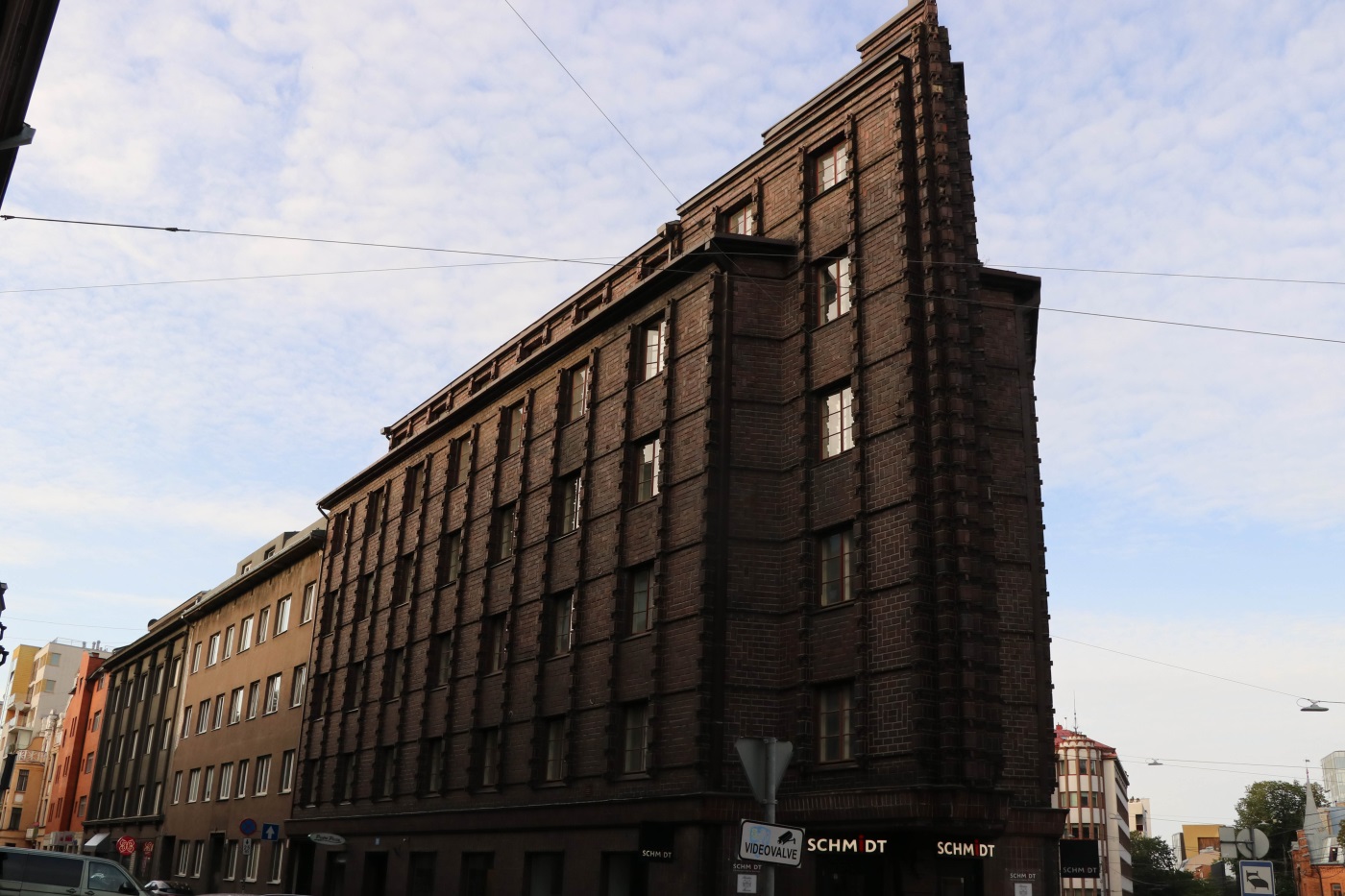Tallinn modern architecture
upd 12 March 2024
Tallinn is a city with well-preserved medieval buildings, so it may seem surprising that twenty years ago it became one of the main European cities for experiments of young architects. Since then, new buildings have been integrated into the historical context, old industrial districts are being reconstructed, and new modern residential complexes has appeared.

Noblessneri valukoda
One of the new residential areas of Tallinn is located in Noblessner harbor, near the Kalamaja district. There used to be a shipyard in the harbor that specialized in building submarines. In the 2010s, all enterprises closed. The site was chosen for the construction of a new residential complex, and the old industrial premises became a site for art galleries and concert halls. Now Noblessneri valukoda has a beautiful walking area along the sea, boutiques, cafes, public space and apartments with sea views.


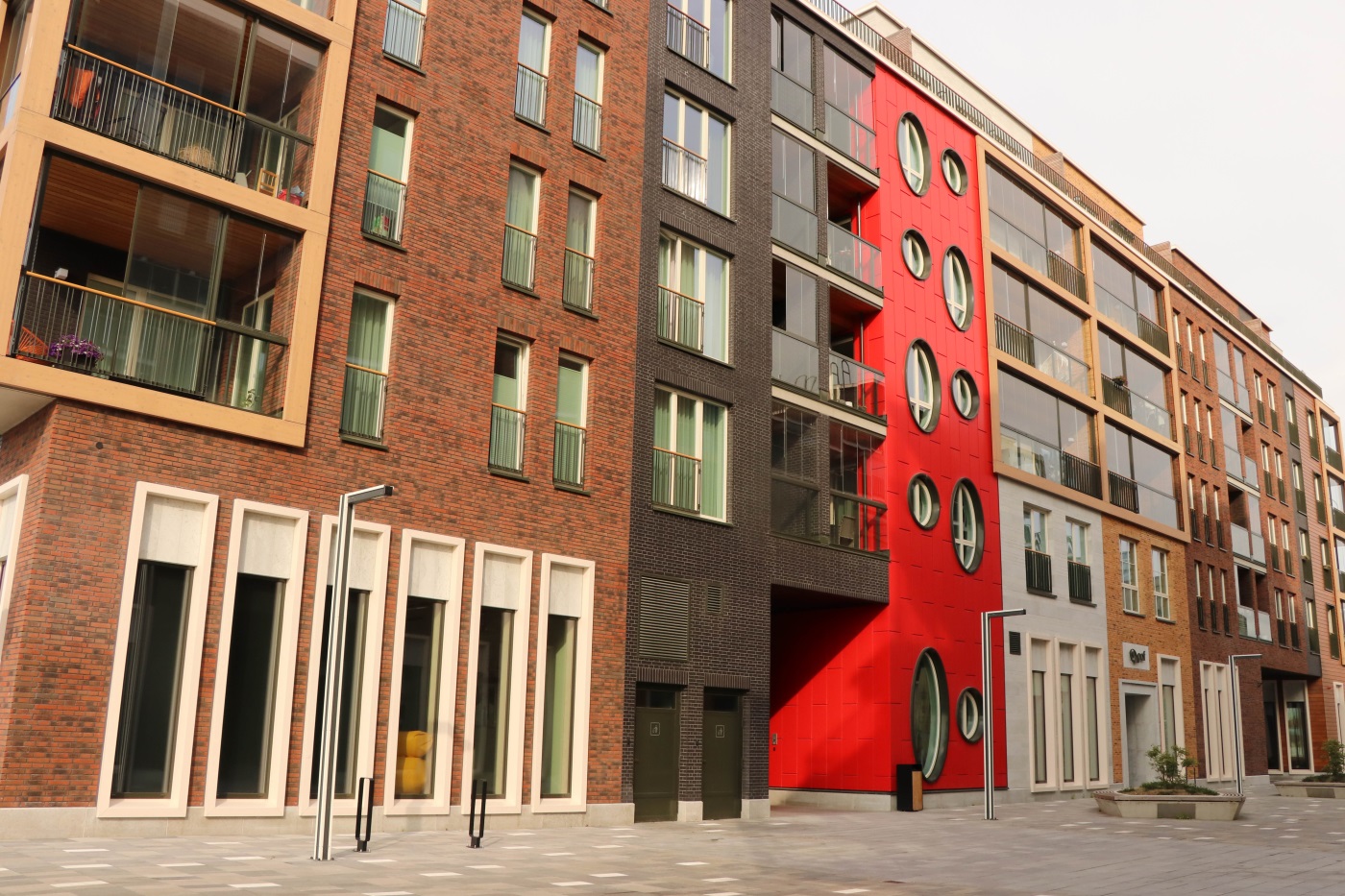
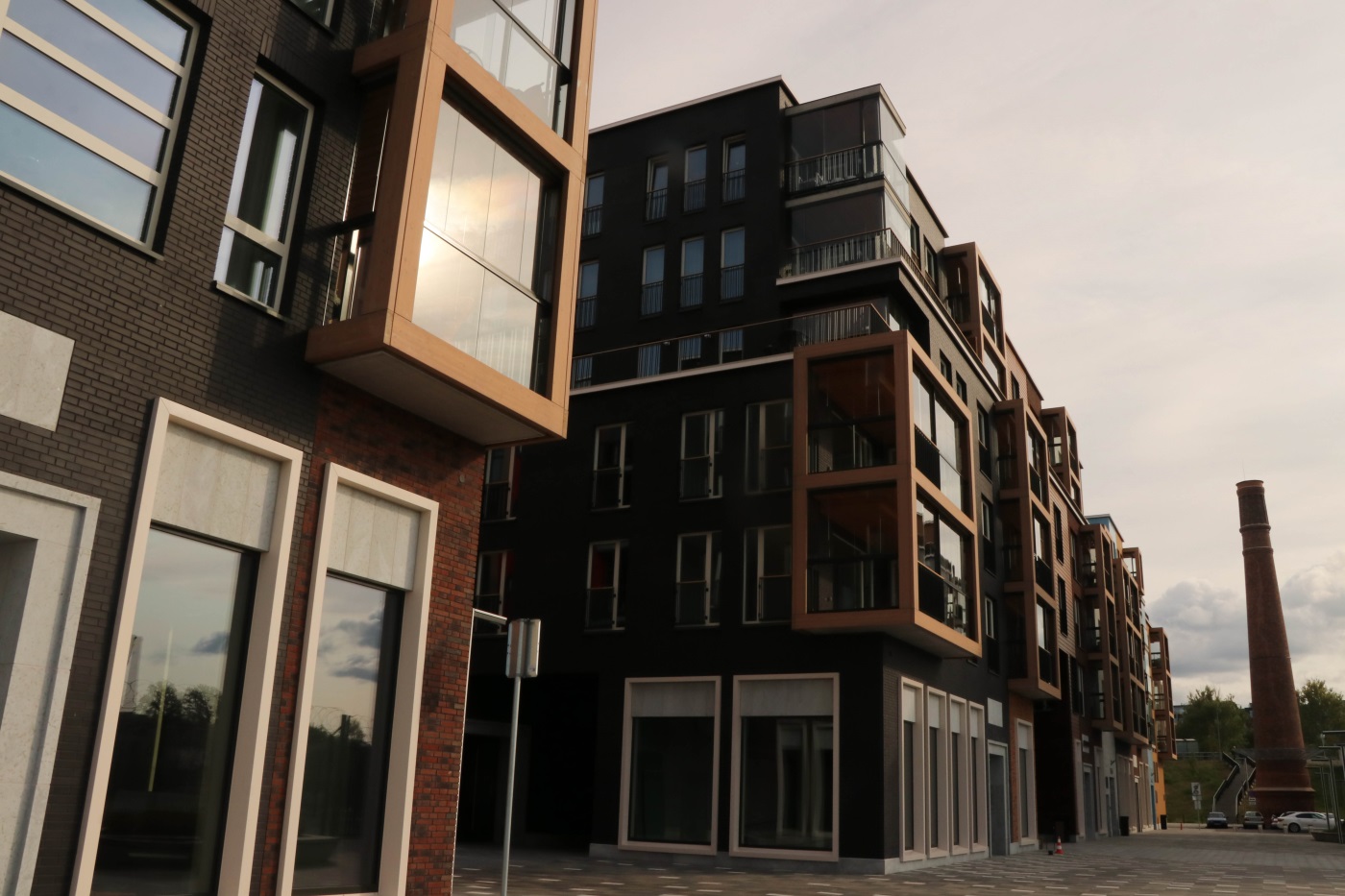

KUMU Art museum
For a long time, the Estonian Art Museum did not have its own building that could accommodate all the collections. Therefore, the new place had to be spacious and functional. Such a building was built in Kadriorg Park in accordance with the assigned tasks: each floor performs a specific function, and the museum can accommodate up to 400 people. The museum was built on a rocky slope and on the border between the Old Town and the outlying areas. Therefore, natural materials were used, which ensured harmony with the surrounding space, and also became a kind of transition from historical buildings to modern architecture.
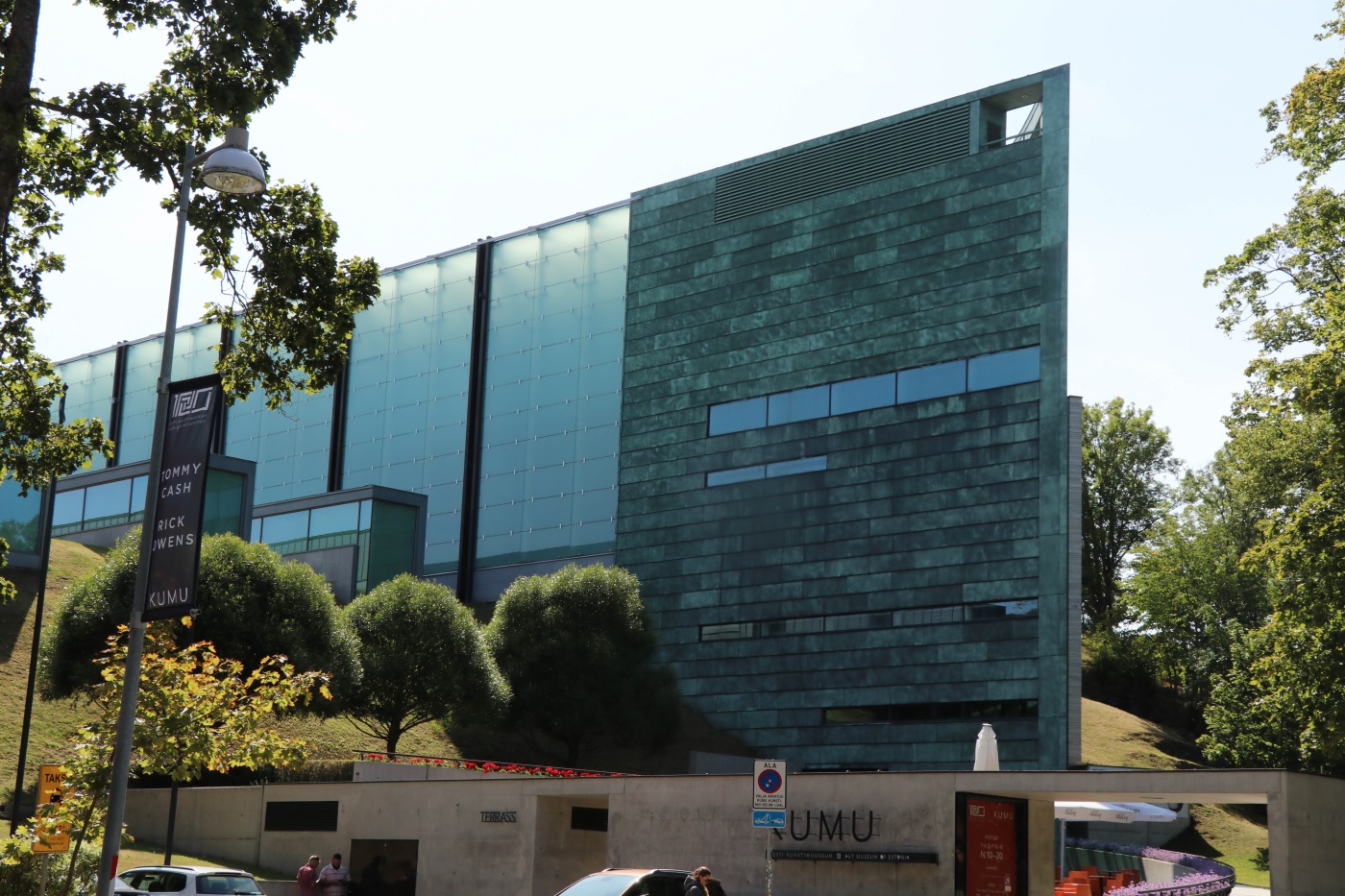
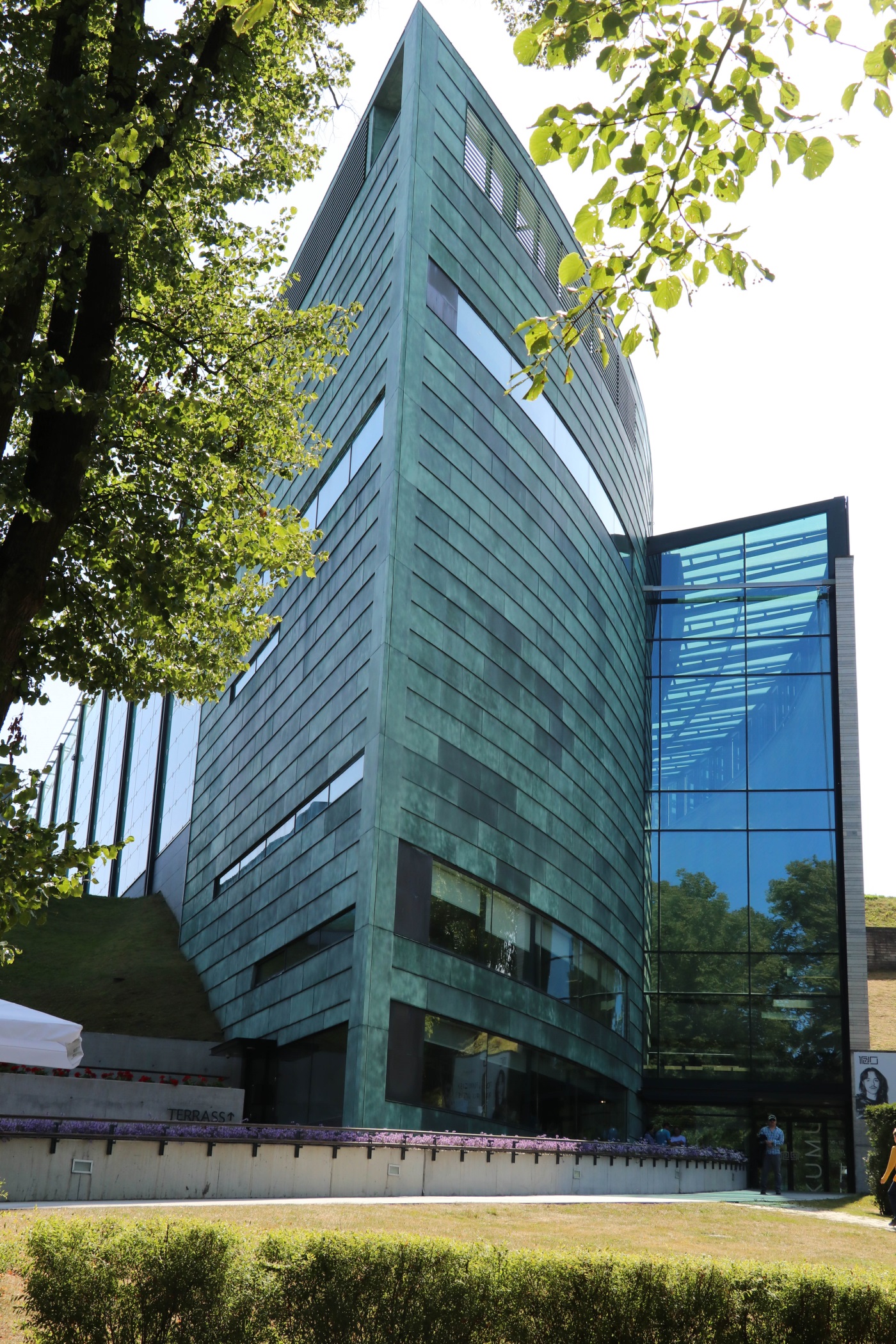
Rotermanni kvartal
The Rotermanni disctrict was a typical industrial area with several factories here, a mill and an elevator. The government of the Soviet Union nationalized all the entreprises and wasn’t succesful as all of them eventually closed. You can see how it looked like in 1979 in Stalker by Tarkovsky.
By the 2000s, many of the buildings could no longer be restored, so it was decided to completely reconstruct and rethink the district. The famous architectural studios (Kosmos, KOKO and others) designed a new project of renovation that we can currently see. Now there are bar streets, the best Tallinn restaurants, shops, apartments and business centers.
Several preserved industrial buildings now coexist with successful architectural experiments that are now office centers, residential buildings and new public spaces.
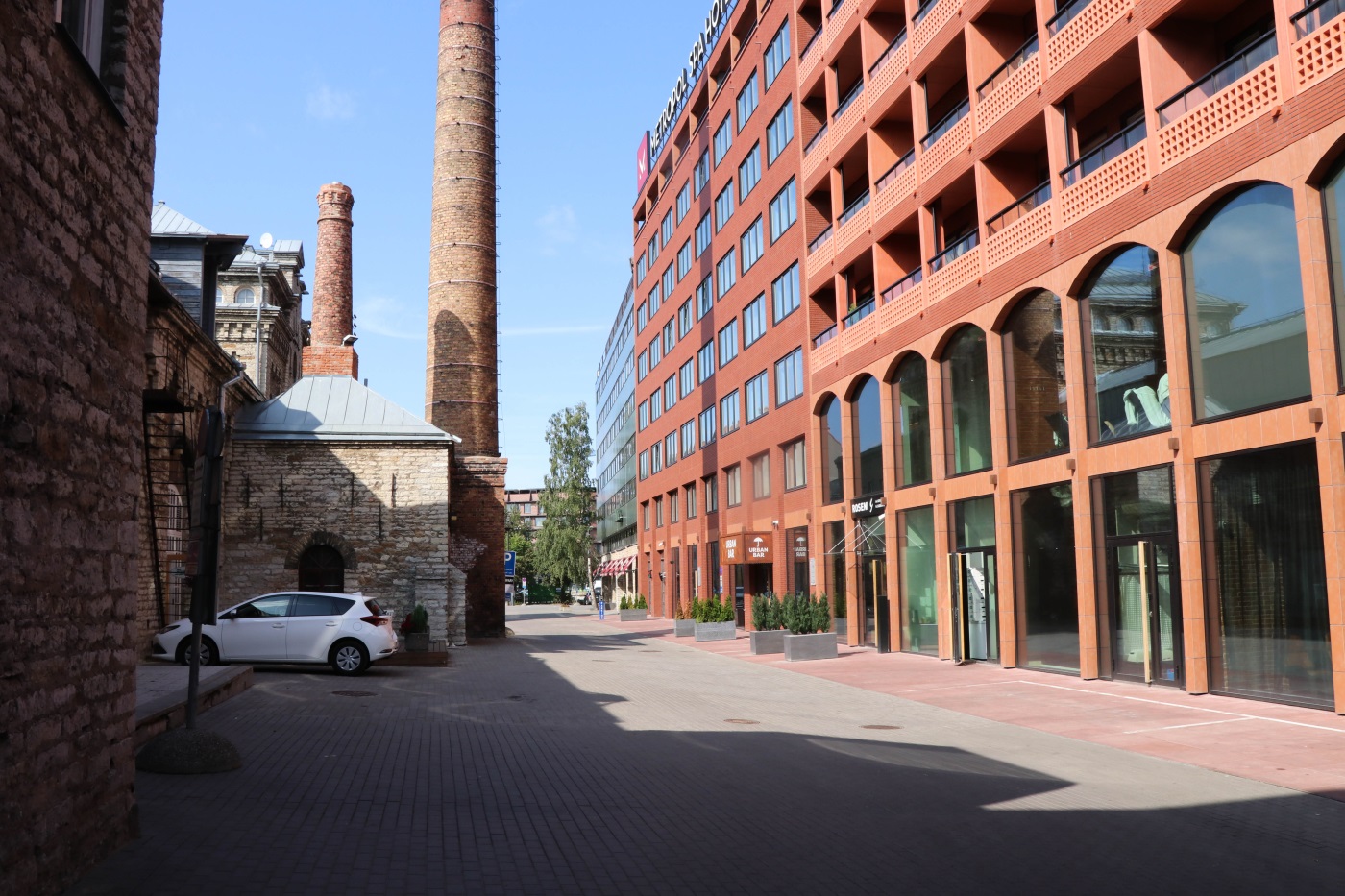
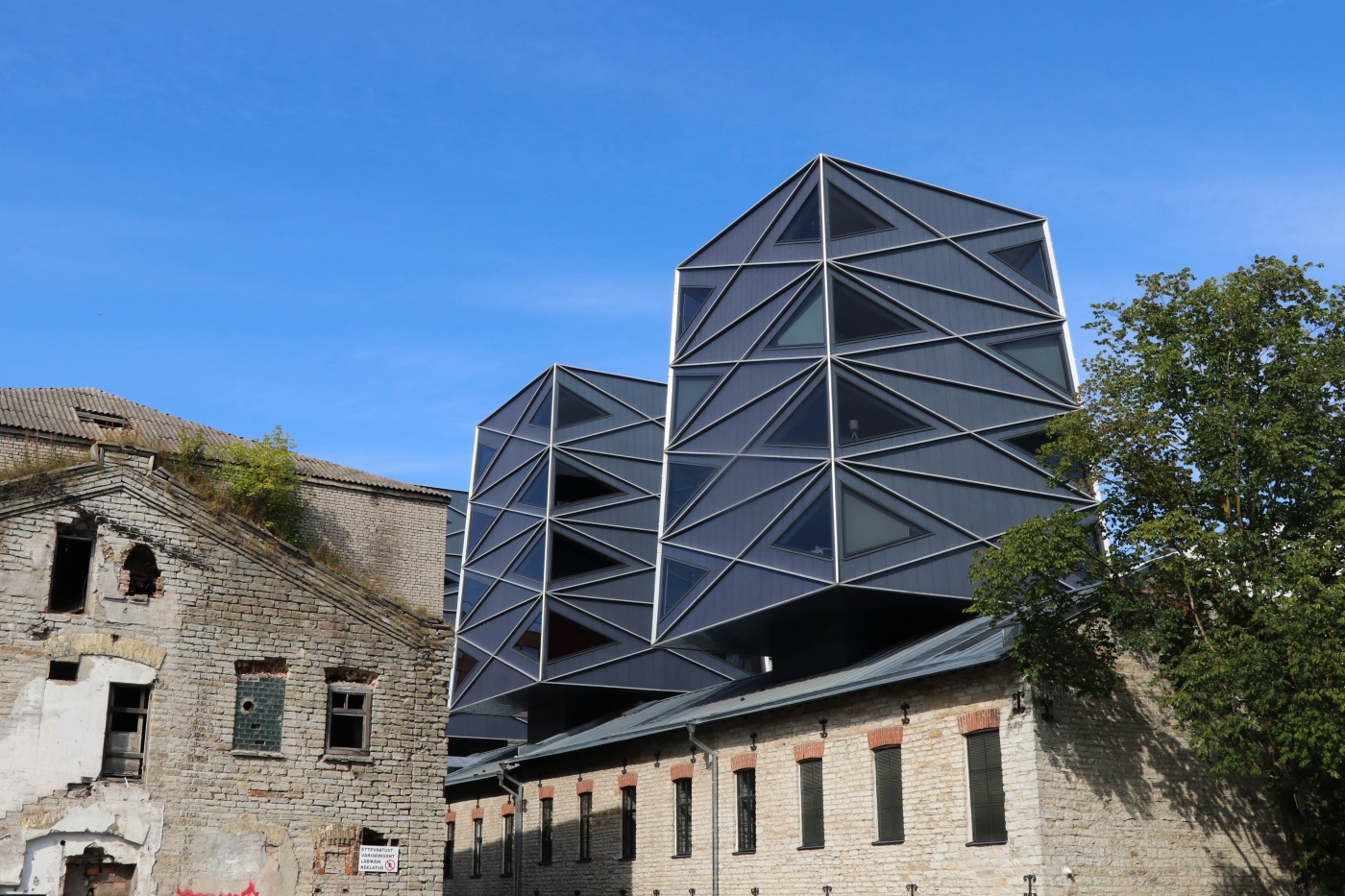
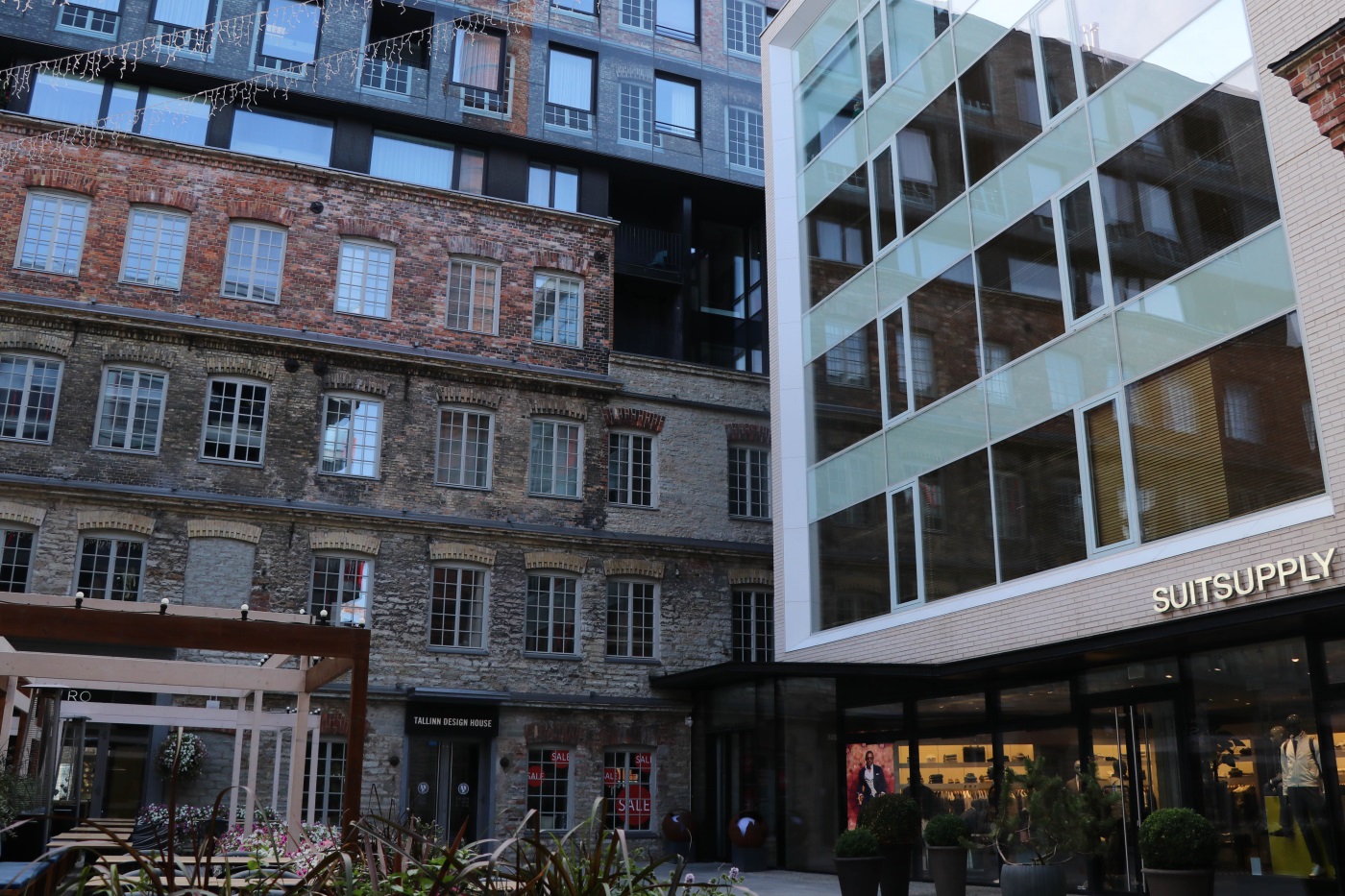
Synagogue
The previous synagogue was destroyed during World War II. New building appeared only in 2007, and became the only synagogue in Europe built in a modern style. Every space was designed to a specific function, strictly following Jewish traditions.

Methodist Church
All of the old Methodist churches were also destroyed. New church was built in 2000. The project is quiete unusual and asymmetrical. The consctuction provides good acoustics, so the church often hosts concerts.
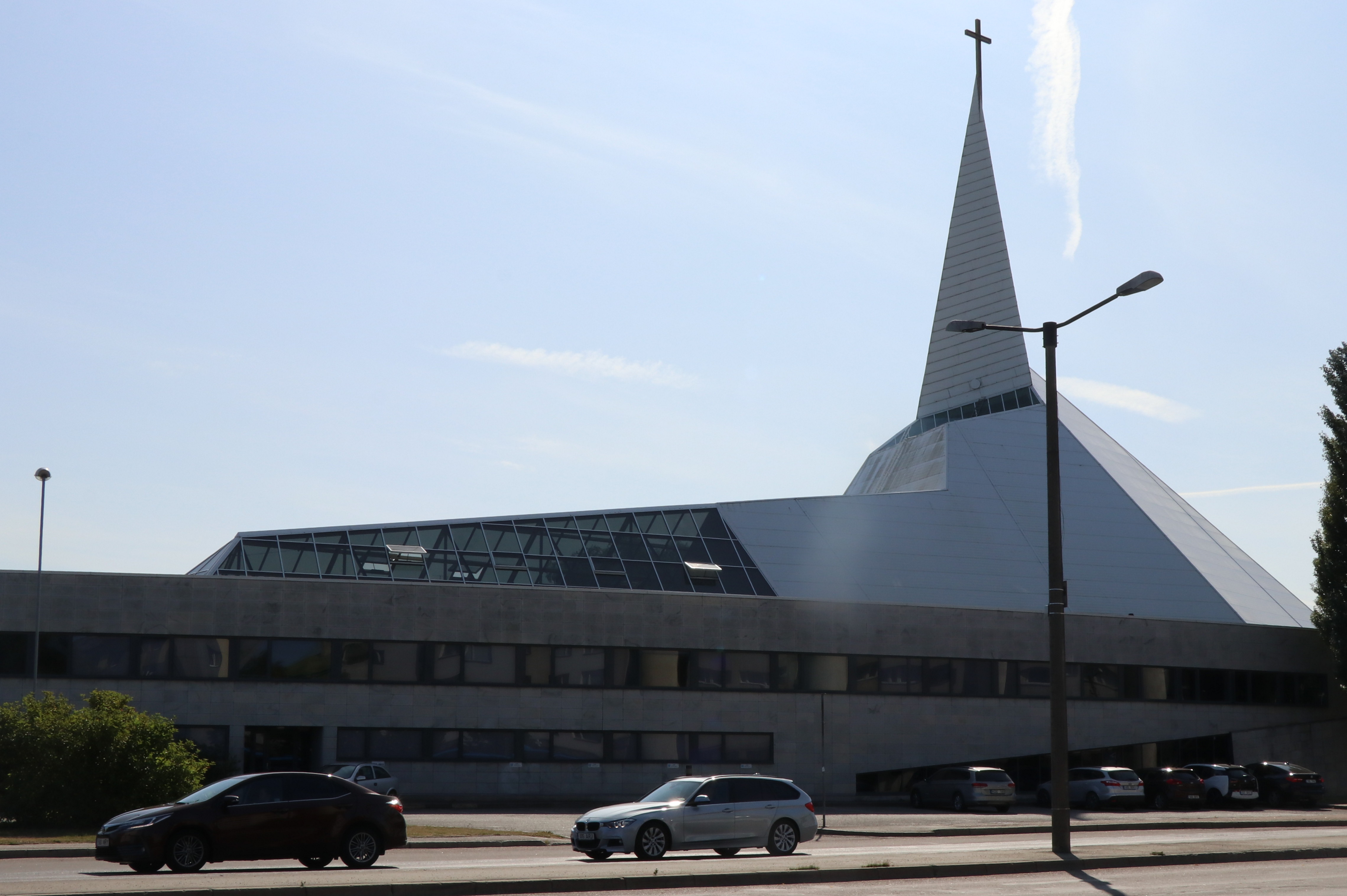
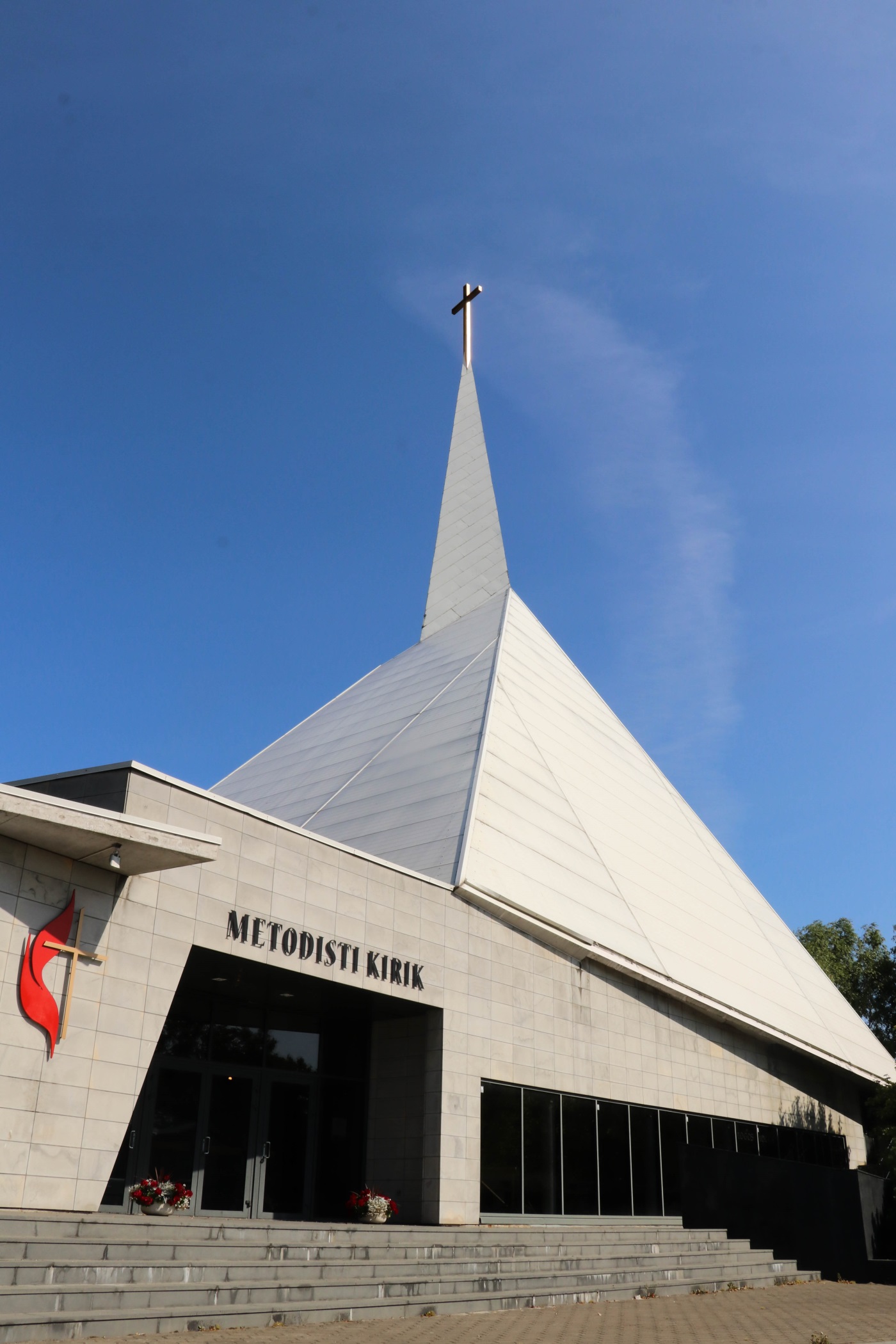
Museum of Occupations and Freedom
The architects were given a small space but still managed to bring to life an experimental ptoject. The museum of Occupation was built in a wave-like form. Visitors are required to duck while walking through the corridors – which is a symbolic representation of repression during the Soviet era.
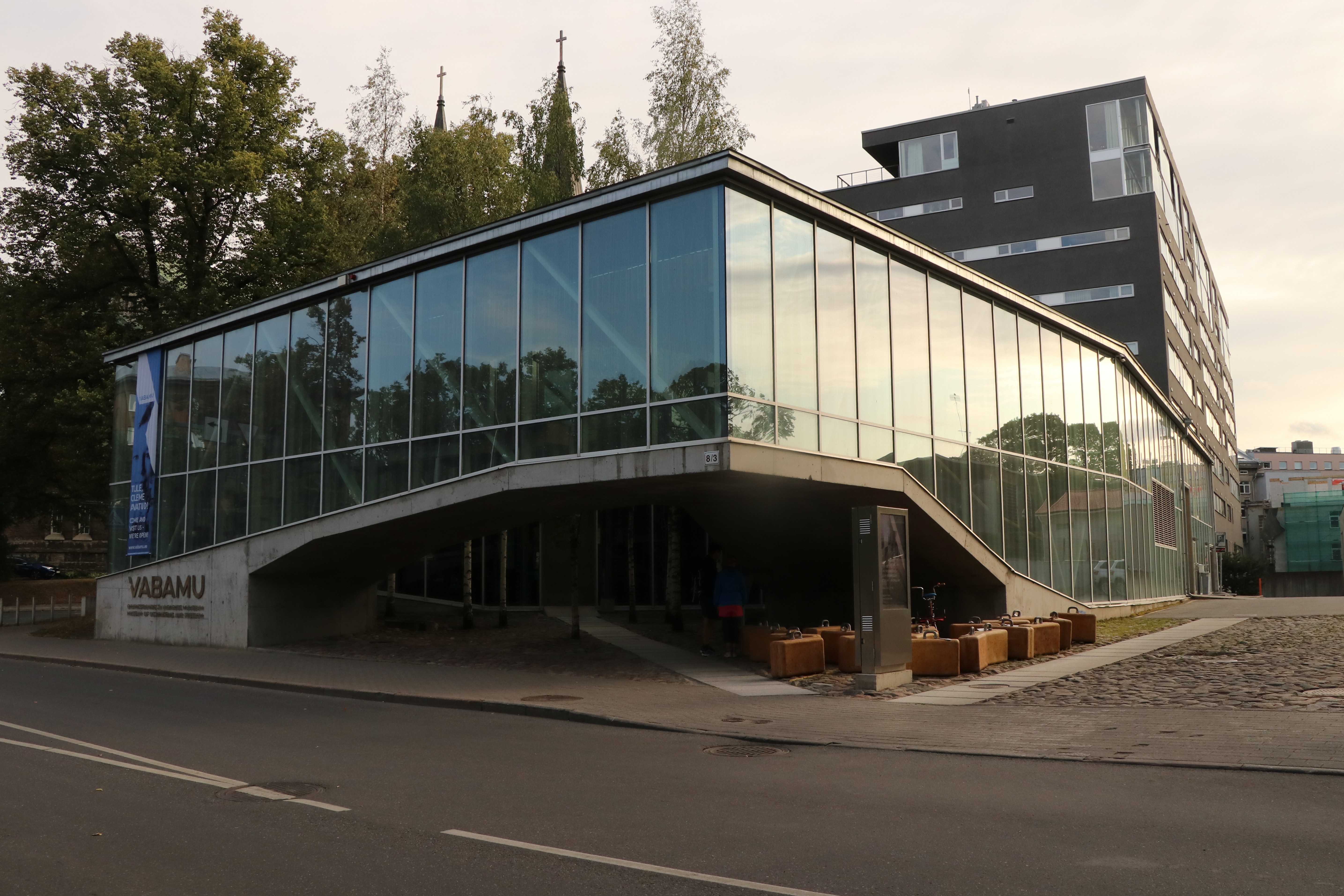
Synthesis of modern and historical
Tallinn architecture succeeds well in the synthesis of old and new. Almost evry modern building is in harmony with the medieval buildings of the Old Town. Facadism helps to perserve the historical facade though the whole building is renovated. Also, large glass windows reflect the historical buildings.



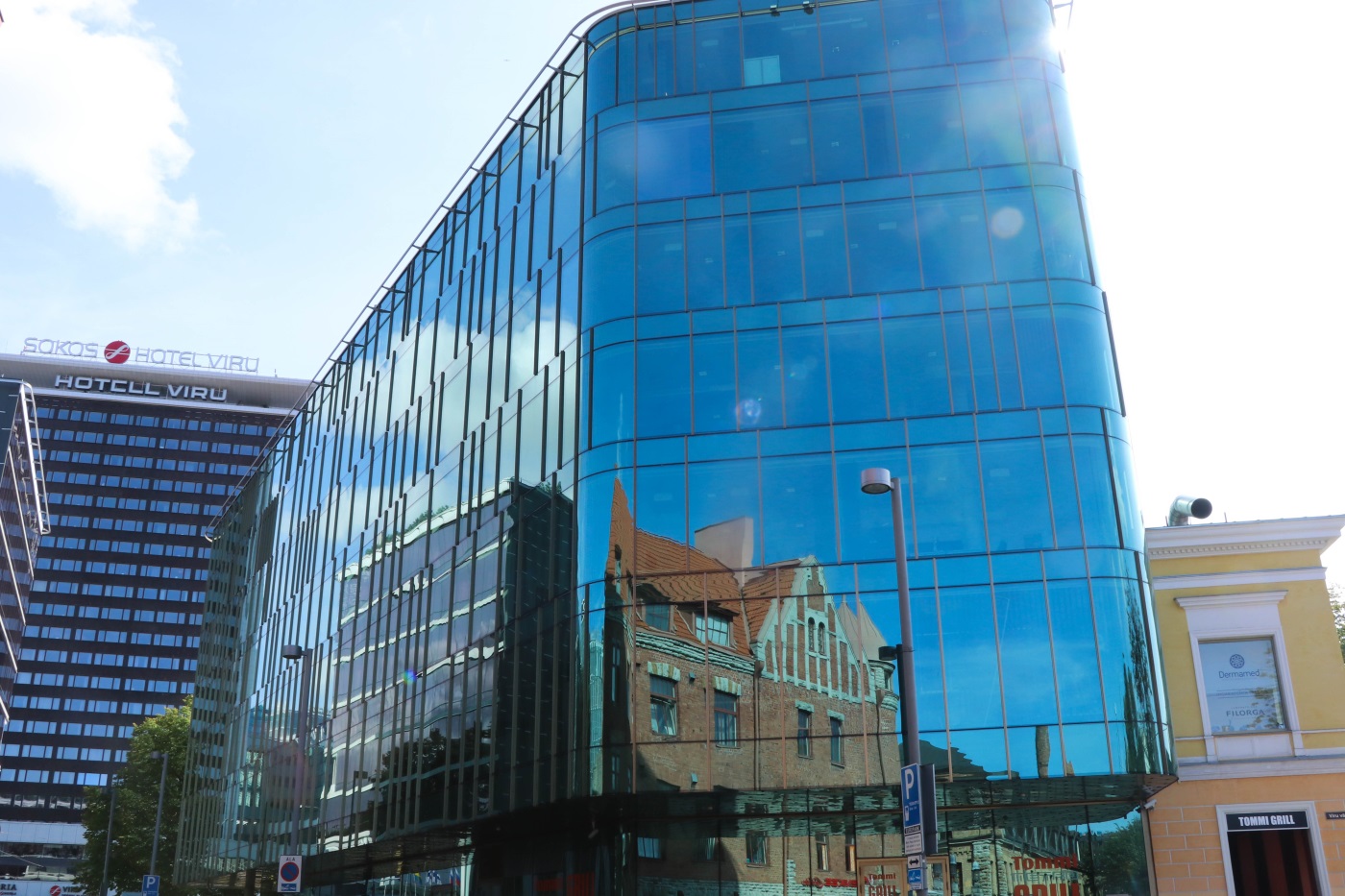
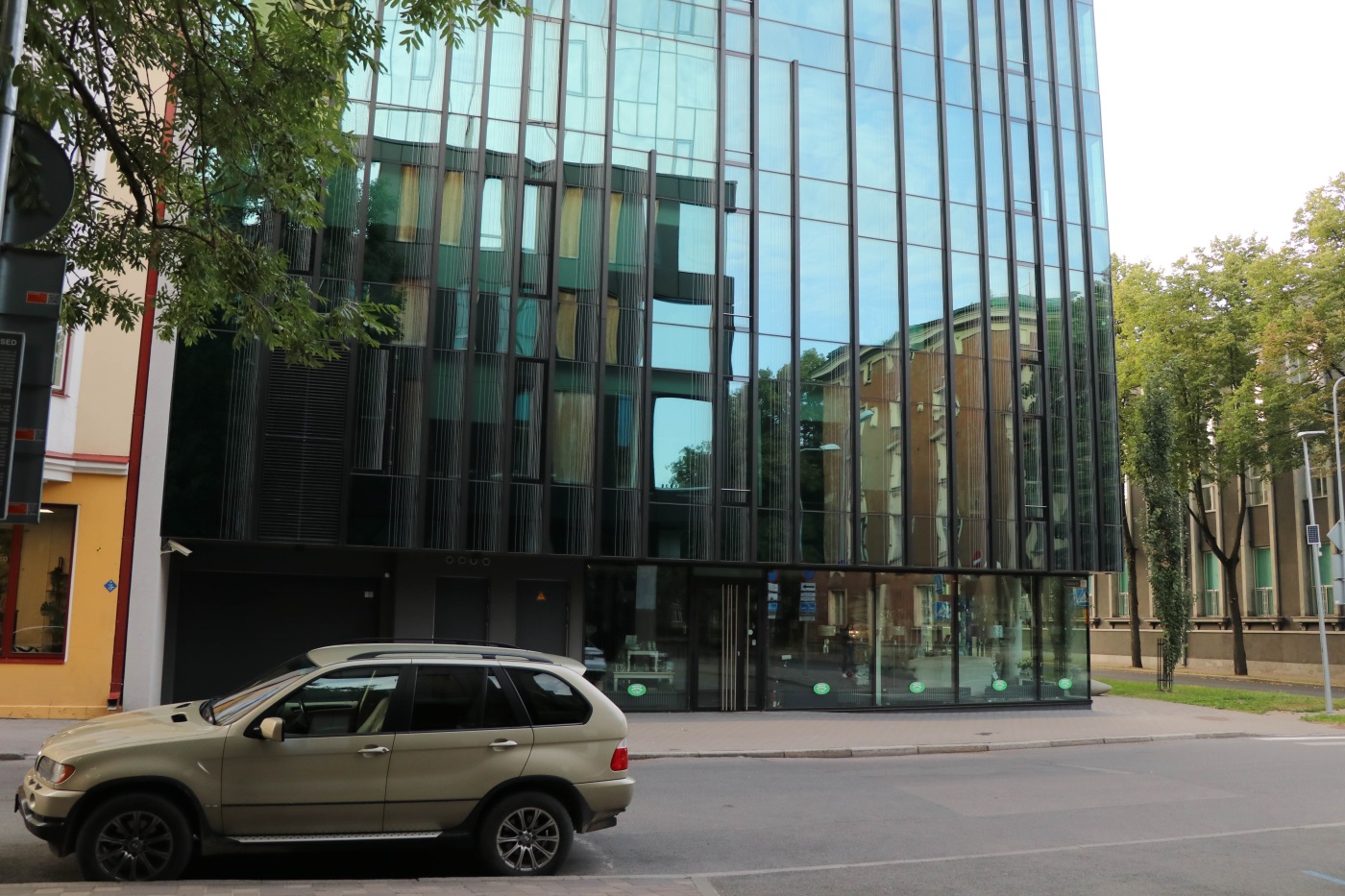
Office and shopping centers outside the Old Town create new points of attraction and set a progressive and modern image for Tallinn.
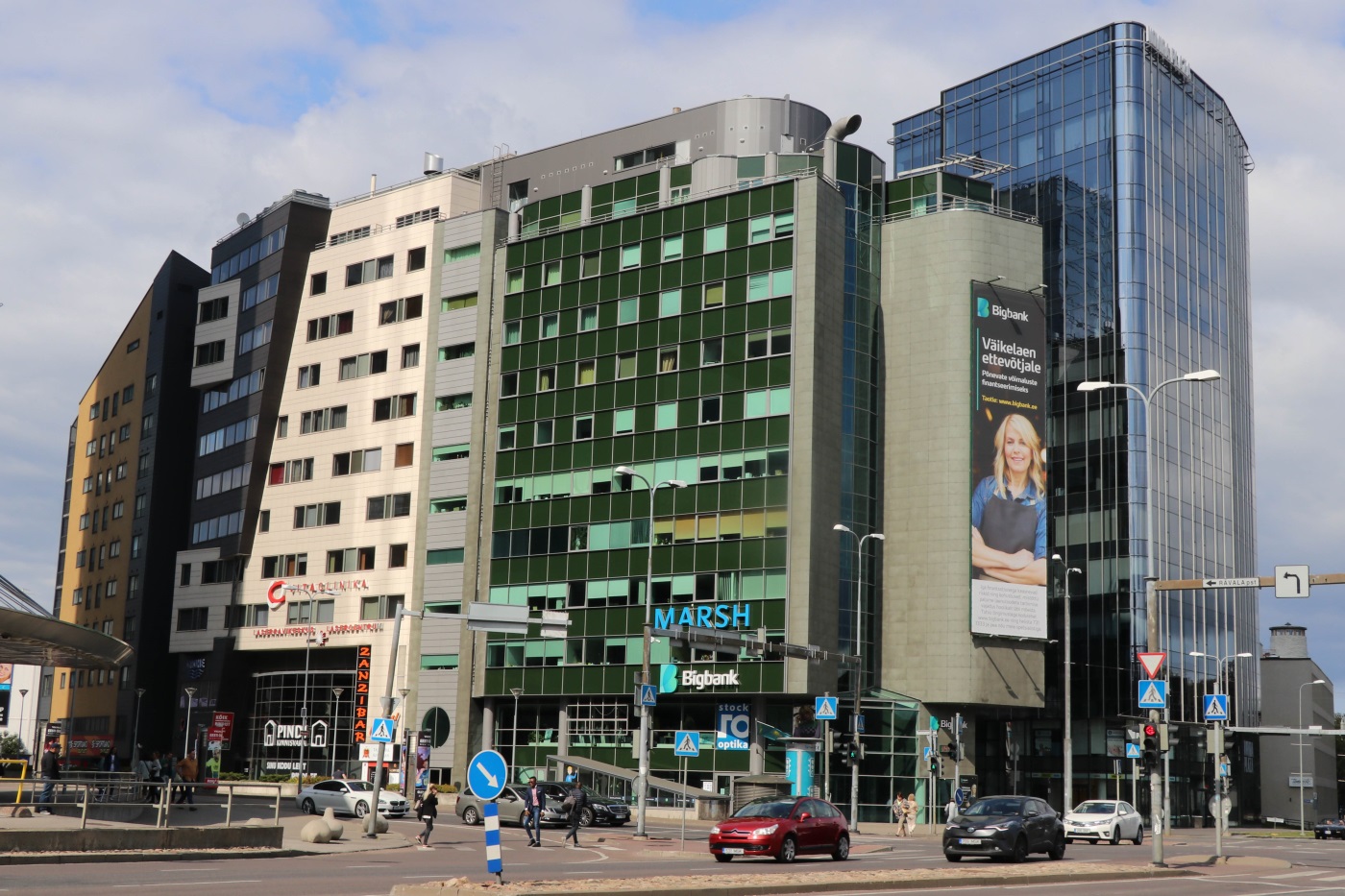

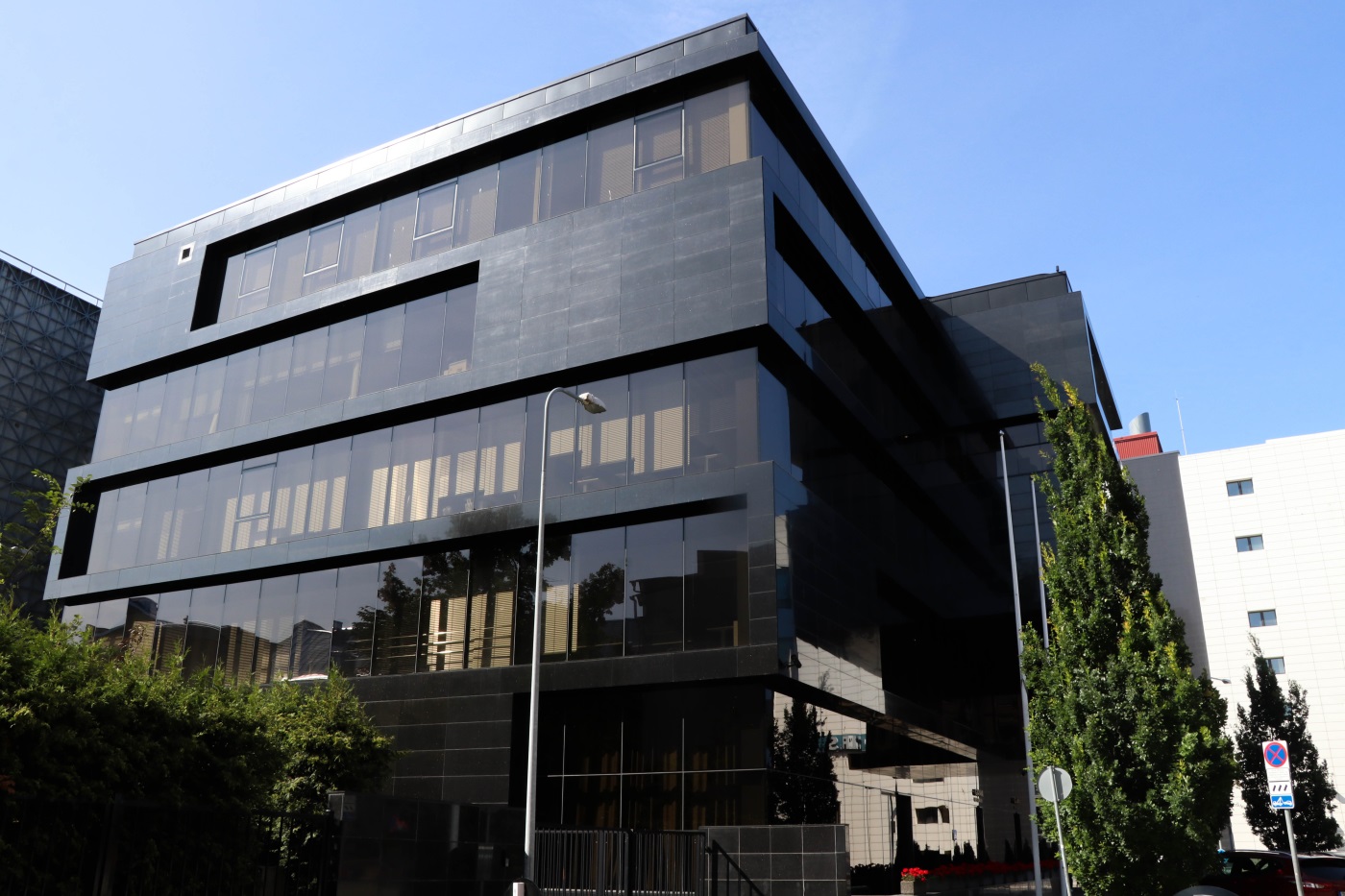
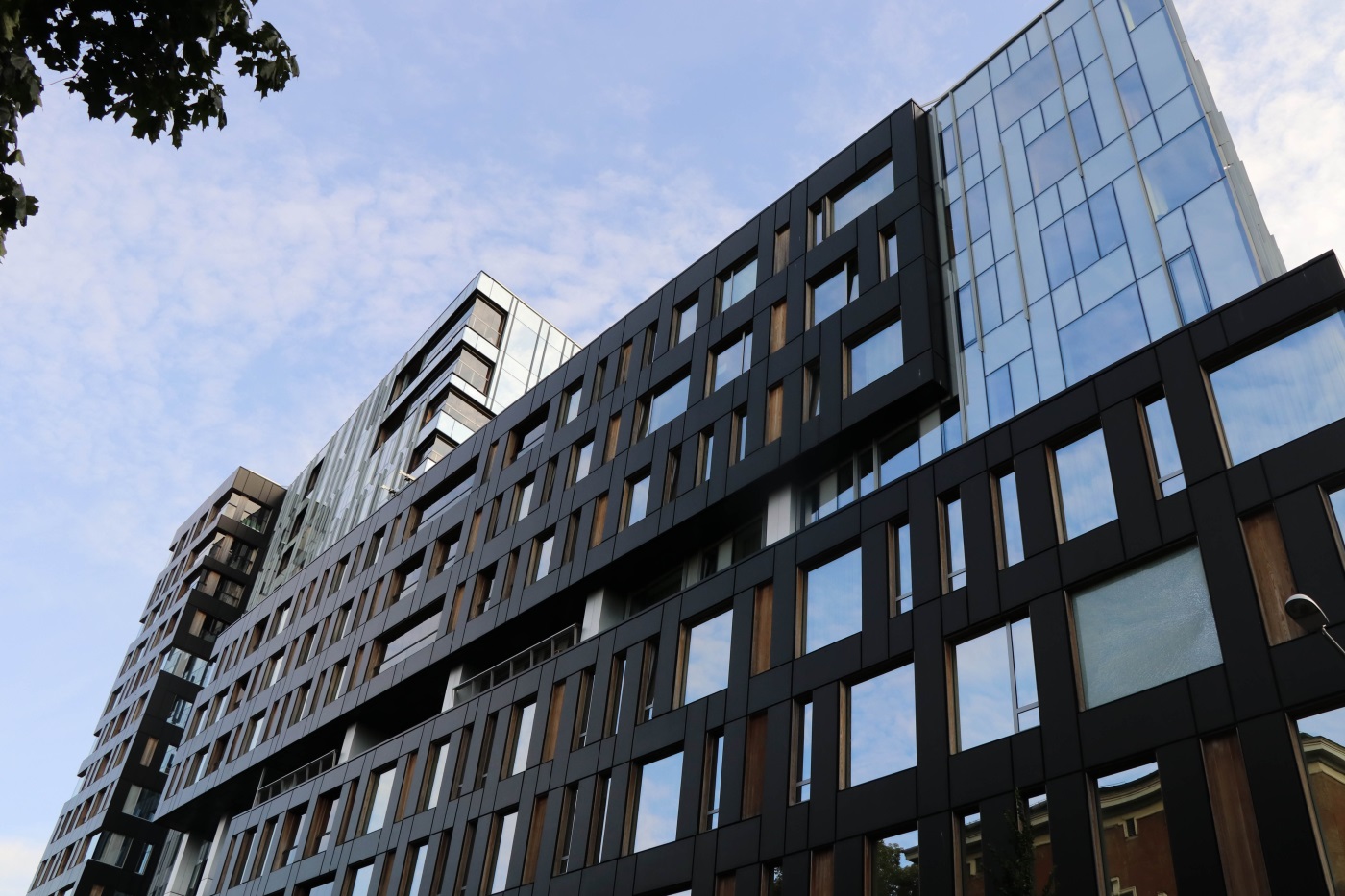
Many new residential complexes are being built both in the center and on the outskirts. Architects follow global trends for low-rise buildings using natural materials, with special attention to terraces and the space around buildings. They fit perfectly in any area of the city.
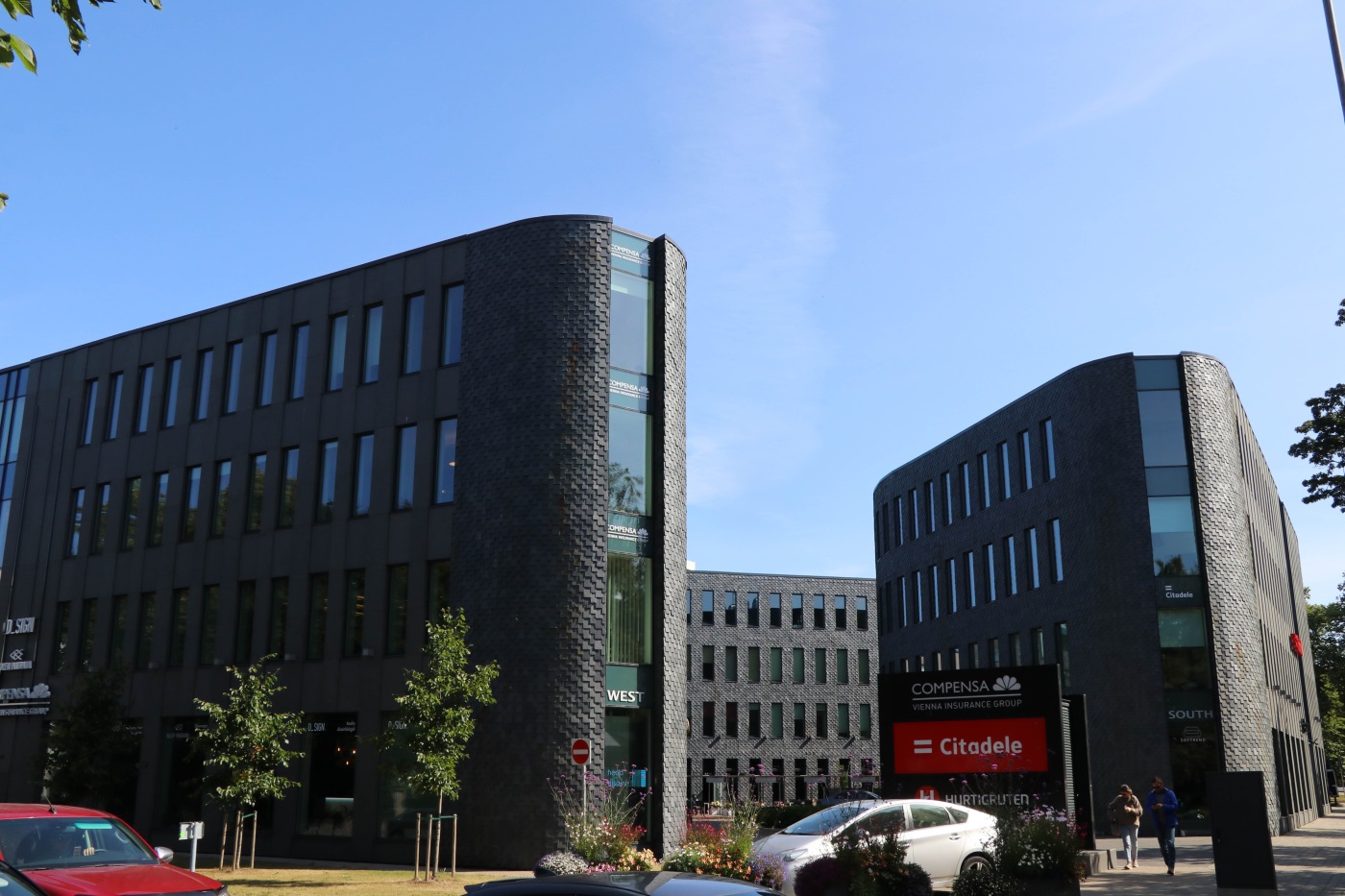

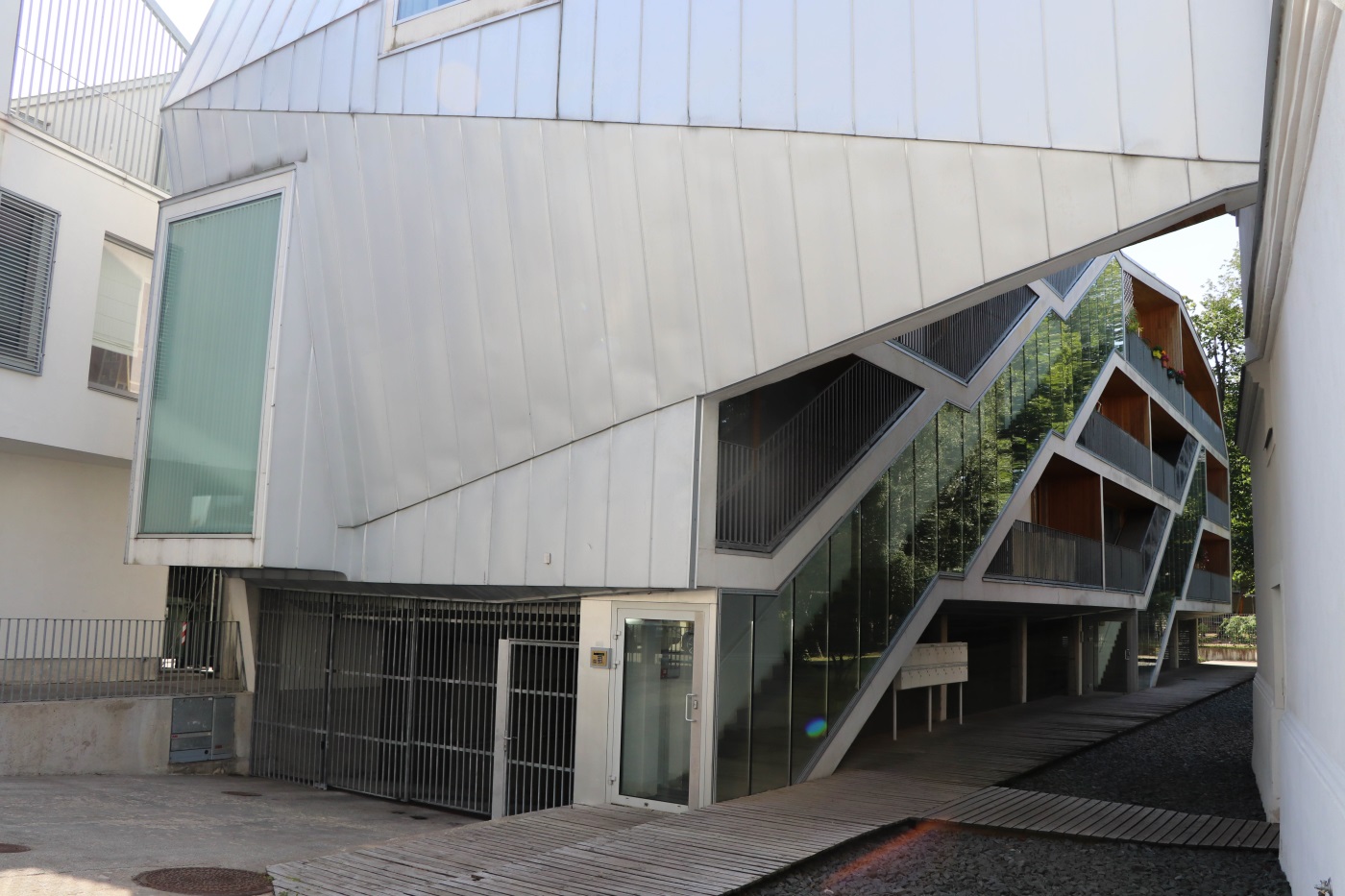
Tallinn continues to change, and so far these changes have been mostly positive. A large number of competitions for new architectural projects give young architects a chance to realize themselves, and Estonia becomes a platform for innovative experiments.
